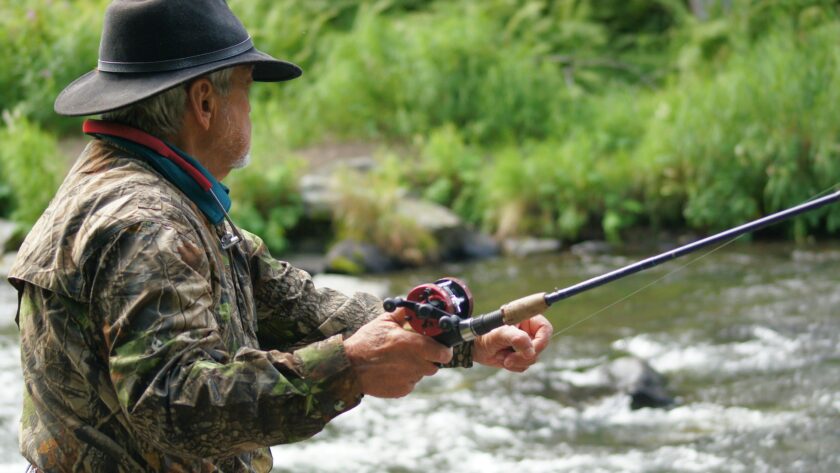Wet Fly Swing is a traditional fishing technique, but it has the merit of being ultra efficient. The basic principle is very simple: fly fishing consists of catching fish with a lure called a fishing fly. This fly fishing can be a larva or an insect. If this is your first time fishing with a drowned fly, here is all you need to know.
What is drowned fly fishing?
Drowned fly fishing is a very old method of fishing that values leisure and nature. Basically, it is about catching fish at the time of insects or larvae. Called fly fishers, anglers who opt for this type of technique have the possibility of catching all types of fish (especially grayling and trout). But above all, drowned fly fishing can be practised in any place, whether it is the sea, a river or a lake. The advantage is that drowned fly fishing is easy to do. It doesn’t require a lot of casting knowledge. You just have to choose the water and place the line where the fish is most likely to bite.
Drowned fly fishing is a long-standing fishing technique. It is the version that precedes dry fly fishing. In any case, it is the best choice for those who are new to this type of fishing. Moreover, it allows you to use different types of flies according to their colour and size. And to fish with a drowned fly, all seasons are good, whether the water is low or high. But preferably, it is recommended to use this technique at the beginning of the season when the currents are still strong and the fish remain in depth.
Good advice to practice
To practice this type of fishing, it is not necessary to have complex tools and equipment. Indeed, there is no need to pay particular attention to the type of fly to use. You can choose between two drowned flies: the tip fly, the intermediate fly and a jumper. All three are so-called aquatic flies. Basically, they are not in the same stages of their life cycle. Moreover, this fishing is done downstream, i.e. by going downstream. This method makes it possible to catch fish quickly and more regularly. It is possible to practice this in different ways, especially by fishing in the dry. Indeed, when you see gobbles and the rest of the time, drowned fishing will do the trick. And unlike nymph fishing, drowned fly fishing is practised by casting across the river.

